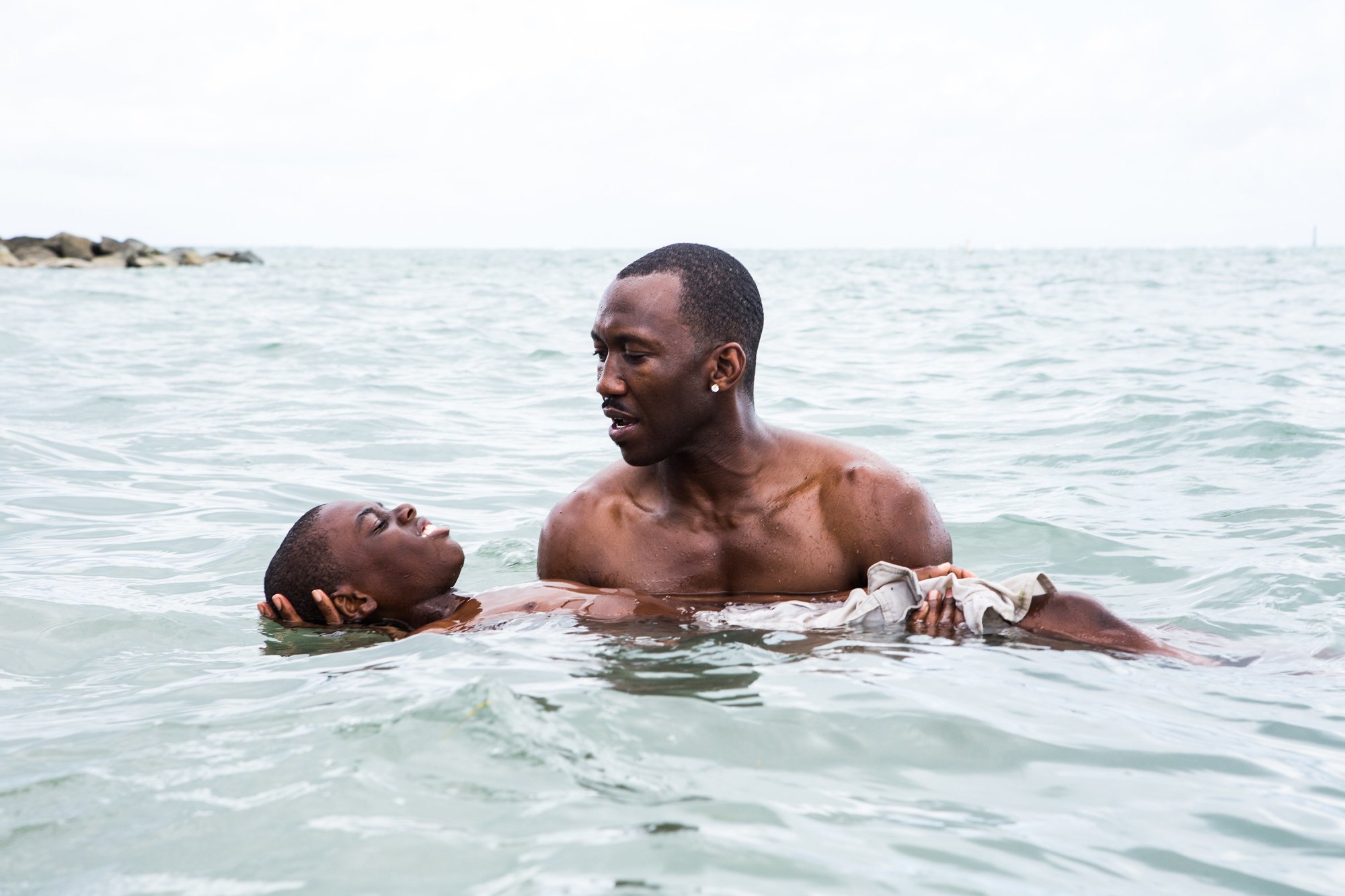Historical Dictionary of African America Cinema is an exhaustive guide to the films of Spike Lee, Blaxploitation, and barber shop comedies and their sequels. It’s the go to if you’re looking for a gender swap rom com about a basketball player who drags up in order to keep on shooting hoops. Lil’ Kim plays the girlfriend, if you need any further bait to go hunting down Juwanna Mann in the backwaters of Netflix. The book is a kind of Black Cinema for Dummies, an alphabetical listing of every ground-breaking piece of filmmaking that depicted, changed, or challenged ideas about African American culture and identity and all the ones which didn’t. But even the dross holds weight, after decades of invisibility or misrepresentation on screen.
A similar parallel history holds true for LGBT cinema, where queer characters and themes were either absent or stereotypically depicted in mainstream film. The book, and its film adaptation, The Celluloid Closet, are important guides to those early horrors.
Despite sharing an on screen affinity as the butt of the joke or the monster in the closet, African American and LGBT characters rarely intersect in cinema. In that A-Z of African American cinema, there is an absence of LGBT characters and themes. The inverse is also true: LGBT cinema has been slow to diversify beyond a white, gay, male perspective.
When they do intersect, it’s not always been a pretty sight. When African American filmmakers found a way to make black cinema for black people in the Blaxploitation films in the 70s, queer characters abounded but rarely in any form other than the jester or villain of the piece. These were roles black actors were themselves all too familiar with, as the on screen embodiment of white America’s worst fears.
Later, the New Black Cinema of the 80s successfully inverted black stereotypes. But rarely did it make any dent in existing prejudice about LGBT communities. In one of its most enduring and endearing films, 1990’s House Party, an abundance of clichés about black life were challenged (parenting, living conditions, the lives of black teens) but a police cell was still a place for jabs at AIDS and homosexuals.
Black cinema has rarely addressed homosexuality head on. The exceptions like 2004’s Brother to Brother or 2011’s Pariah did well on the festival circuit but rarely resonated beyond. Documentary has proved a strong site for examining black gay identity. It found its groove in Paris is Burning, for example. In his 1988 film, Tongues Untied, the black, gay documentarian Marlon Riggs zeroed in on black gay identity in an attempt, he said, to “…shatter the nation’s brutalizing silence on matters of sexual and racial difference.”
The near silence in cinema since speaks of how African American LGBT identity remains a subject that is difficult to breach. It is perhaps this that makes Moonlight — a black, gay coming-of-age drama — so electrifying.
The film, which went on limited release in the U.S. last weekend, is the site on upon which black gay identity intersects on screen in a decisive way. It is a film about intersection itself: of race, sexuality, masculinity, and identity.
Moonlight is the story of Chiron, a young black boy from the Liberty City housing project in Miami. We meet him when still a boy, nicknamed ‘Little.’ His mom is a crack addict but he finds sanctuary with a local drug lynchpin Juan (Mahershala Ali) who creates a safe space for the kid to come and eat, sleep, or just get away from his troubles. In a crucial, heart-in-mouth scene, Chiron sits at the dinner table with Juan and his live-in girlfriend Teresa and asks what ‘faggot’ means. How his father figure responds we know will shape this child’s future.
The film is told in three parts, following Chiron at two more crucial junctures. The writer / director and Miami native Barry Jenkins, working from a short project by the playwright and fellow Miami native Tarell Alvin McCraney (they both grew up in Liberty City), finds moments that coalesce to shape Chiron’s identity and decide his fate. We meet him again, turned lanky adolescent and bullied in high school, played here by Ashton Sanders. Three different actors play Chiron but they all carry his weight, his otherness. Moonlight’s third chapter sees Trevante Rhodes, who plays Chiron as adult, portray the character as a young man in emotional lockdown.
Moonlight is gathering a head of steam as cinema enters award season. It leads the nominations at the Gotham Awards, an early bellwether for Oscar glory. It has been ecstatically reviewed and in its opening weekend in the U.S., made close to $500,000, which Forbes called “a real indie breakout” for a film without a big name director or cast.
It also represents a real moment for black queer identity. The backdrop is a cinema landscape where that kind of thing just didn’t make it on screen. “I still don’t know how Jenkins got this flick made,” says the New Yorker critic Hilton Als, of the film. “But he did. And it changes everything.”
In his introduction to Historical Dictionary of African American Cinema, published in 2015, editor Jon Woronoff writes of how virtually any subject is presented in black cinema. Virtually any subject, but not all. The dictionary now needs an update. He wrote of the history of black cinema: “The African Americans first had to reclaim their own cinematic image before they could turn it into a thing of representation and beauty.” Moonlight, in its clear eyed portrayal of black gay identity, is that thing.
Credits
Text Colin Crummy
